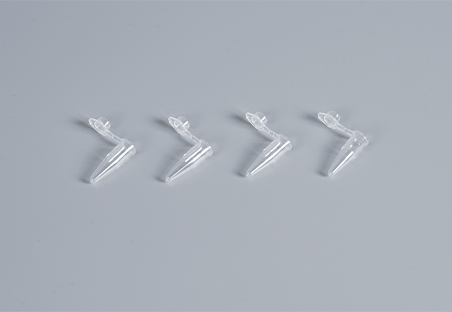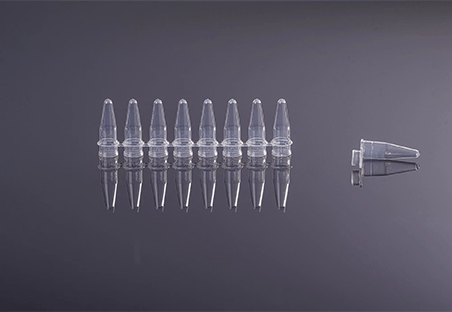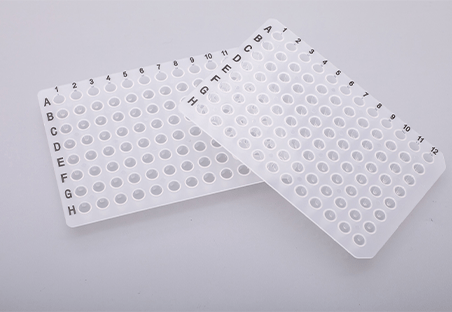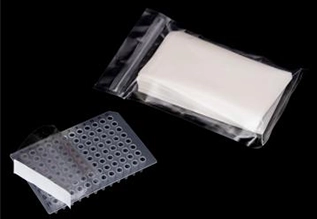Enzyme-linked immunosorbent Assay (ELISA) is a powerful and widely used technique in the field of molecular biology and diagnostics. At the heart of a successful ELISA experiment lies the choice of the right microplate. Selecting an appropriate ELISA microplate is crucial for obtaining accurate and reproducible results. In this article, we will explore key strategies to guide researchers in choosing the most suitable microplate for their specific applications.
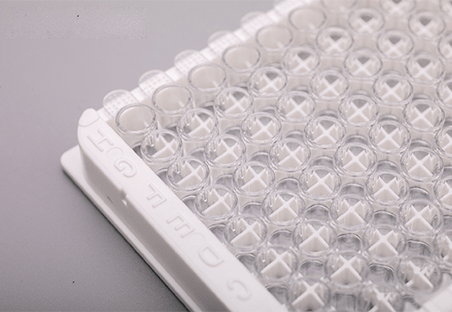
What are the Types of ELISA Microplates?
ELISA (Enzyme-Linked Immunosorbent Assay) microplates, often referred to simply as ELISA plates, are a crucial component in performing ELISA tests. These microplates are typically made of plastic or polystyrene and contain multiple wells. The wells are used to hold samples, reagents, and controls during the ELISA procedure.
There are several types of ELISA microplates available. The most common types of microplates are:
From Materials:
- Polystyrene: Polystyrene is the most common type of material used for ELISA microplates. It is a relatively inexpensive and durable material.
- Polypropylene: Polypropylene is a slightly more expensive material than polystyrene, but it is more resistant to solvents and chemicals.
- Polyethylene: Polyethylene is a very durable material that is resistant to solvents and chemicals. It is also the most expensive type of material used for ELISA microplates.
From Surface Treatment:
- Non-treated Microplates: These microplates have untreated surfaces and are suitable for coating with specific molecules by the user.
- Treated Microplates:
- High-Binding Microplates: Treated to maximize adsorption of proteins or other molecules.
- Low-Binding Microplates: Treated to minimize nonspecific binding of proteins or other molecules.
- Streptavidin-Coated Microplates: Coated with streptavidin for immobilizing biotinylated molecules.
- Polymer-Coated Microplates: Coated with polymers to enhance biomolecule binding.

From Bottom Type:
- Flat Bottom Microplates: Standard type, suitable for absorbance measurements.
- Clear Bottom Microplates: Transparent bottoms for fluorescence-based assays.
- Black Bottom Microplates: Also used for fluorescence-based assays, but with reduced background fluorescence.
- White Bottom Microplates: Suitable for luminescence-based assays.
From Color:
- White Microplates: Suitable for luminescence assays, minimize background signal.
- Black Microplates: Used for fluorescence assays, reduce background fluorescence.
- Clear Microplates: Transparent for fluorescence assays.
From Binding Capacity:
- Standard Binding Capacity: Regular microplates with typical binding properties.
- High Binding Capacity: Microplates designed to bind higher quantities of proteins or molecules.
From Format:
- 96-well Microplates: Most common format, suitable for high-throughput screening.
- 384-well Microplates: Higher density, allowing for even higher throughput.
These classifications help researchers choose the most suitable microplate for their specific ELISA assay based on factors such as the detection method, sample type, desired sensitivity, and throughput requirements.
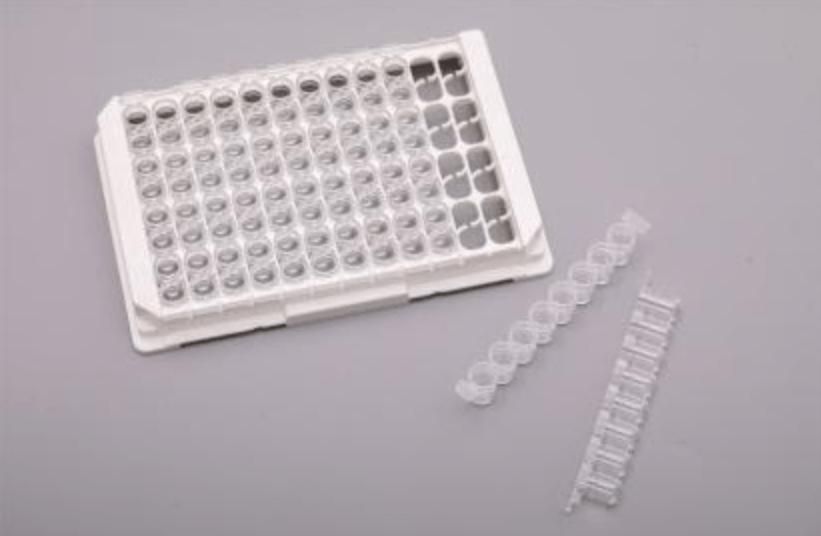
Choosing the Right ELISA Microplate for Your Needs
The best way to choose the right ELISA microplate for your needs is to consult with a supplier. They can help you to select the right microplate for your specific assay and application. Here also are some tips for you to consider:
Factors to Consider When Choosing an ELISA Microplate
There are several factors to consider when choosing an ELISA microplate. These factors include:
- The type of assay
There are four main types of ELISA assays: direct ELISA, indirect ELISA, sandwich ELISA, and competitive ELISA. Each type of assay requires a different type of microplate.
- The sample type
The sample type can also affect the choice of microplate. For example, if you are working with serum or plasma, you will need a microplate that is designed to bind proteins.
- The detection method
The detection method can also affect the choice of microplate. For example, if you are using a colorimetric detection method, you will need a transparent microplate.
- The desired sensitivity
The desired sensitivity of the assay can also affect the choice of microplate. For example, if you need to detect low levels of antigen or antibody, you will need a highly sensitive microplate.
Additional Tips
- Always use a microplate that is compatible with your ELISA plate reader.
- Store microplates at the recommended temperature.
- Do not use microplates that are damaged or scratched.
- Follow the instructions in the ELISA kit carefully.
- Always use a negative control and a positive control.
- By following these tips, you can ensure that you are using the right ELISA microplate for your needs and that you are getting the most accurate results from your assays.
Conclusion
In conclusion, the selection of the right ELISA microplate is a critical step in ensuring the success of experiments. By considering factors such as microplate type, surface coatings, biomolecule characteristics, temperature stability, and specialized applications, researchers can make informed decisions that contribute to the accuracy and reliability of ELISA results. Careful consideration and a thorough understanding of the experimental requirements will empower researchers to choose the most suitable microplate for their specific applications.
